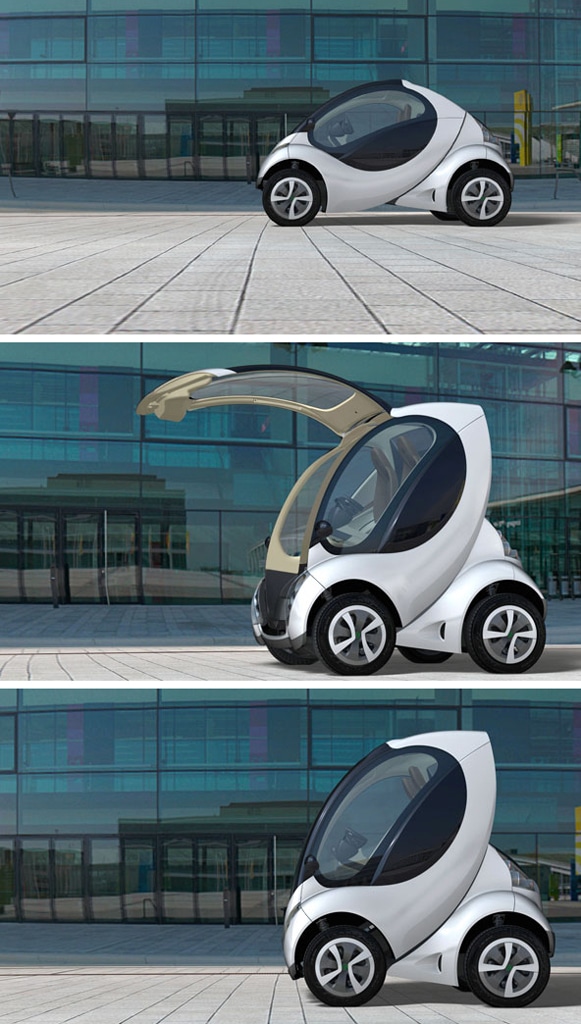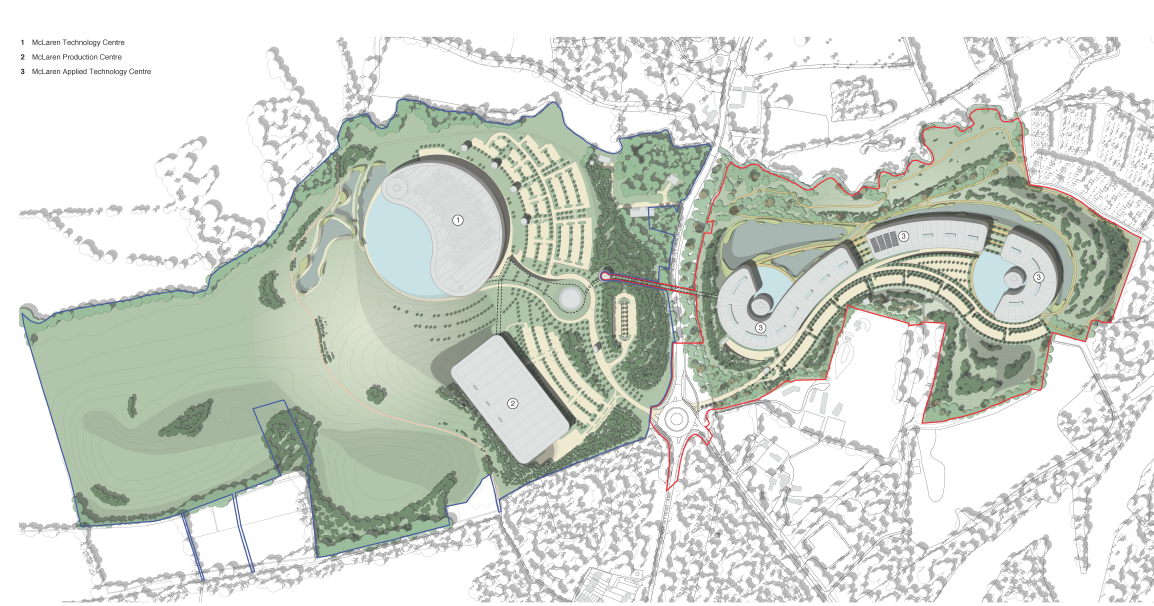Earlier last week I attended a conference at Ruia College, University of Mumbai. As the title suggests it was an Economics conference focused on examining the role of Emerging Market Economies in the 21st century. I would like to get into certain details of the conference as here is where I presented my first paper. It is on Environmental Economics, titled : Asia - Potential for Green Economy.
Over the three day conference speakers spoke about issues concerning Macroeconomic Policy, Banking, Finance and Insurance in India, Trade and Investment in India and there was also a panel for Environment and Energy Economics. The opening evening saw Ruia College's two esteemed alumnus - Economist Lord Meghnad Desai and Member of Planning Commission Dr. Narendra Jadhav.
Dr. Narendra Jadhav, speaker of the evening, presented his findings on Emerging Market Economies where he studied all countries with a population greater than 30,000. He spoke about economic literature of emerging economies, coining of term 'Emerging Market Economies' and concluded by raising a question - now that the West is in debt, how and from where will Eastern economies generate income?
That evening I got an opportunity to talk with Lord Meghnad Desai. Lord Desai gave me research direction towards my next paper. In the above mentioned paper I have drawn conclusion by estimating year when India will achieve bend on Environmental Kuznets Curve.
Lord Meghnad Desai
The following two days and specifically lecture by Dr. Dilip Nachane, Emeritus Professor, IGIDR, Mumbai I was introduced to Efficient market hypothesis, Jackson Hole consensus and inverted U relation between financialization and economic growth. At the panel on Environment and Energy Economics chaired by Mint newspaper Executive Director, Niranjan Rajadhyaksha, panelists included -
Dr. Pushpa Trivedi professor at Indian Institute of Technology, Mumbai spoke about National Income versus National Resource Counting,
Dr. Dinesh Hegde, professor at National Institute of Industrial Engineering, Mumbai spoke about Environment, Energy and Technology Interface and
Mr. Girish Kuber, Executive Editor, Lok Satta newspaper discussed the role of oil in everyday life, economy and cause for political imbalance.
The valedictory function was a lecture by Economist Ajit Ranade. He spoke about all aspects concerning China's economy. The lecture was very informative and interactive, as audience was dominated by college students. The conference was a success and I am looking forward to pursue research in Environmental Economics.
















